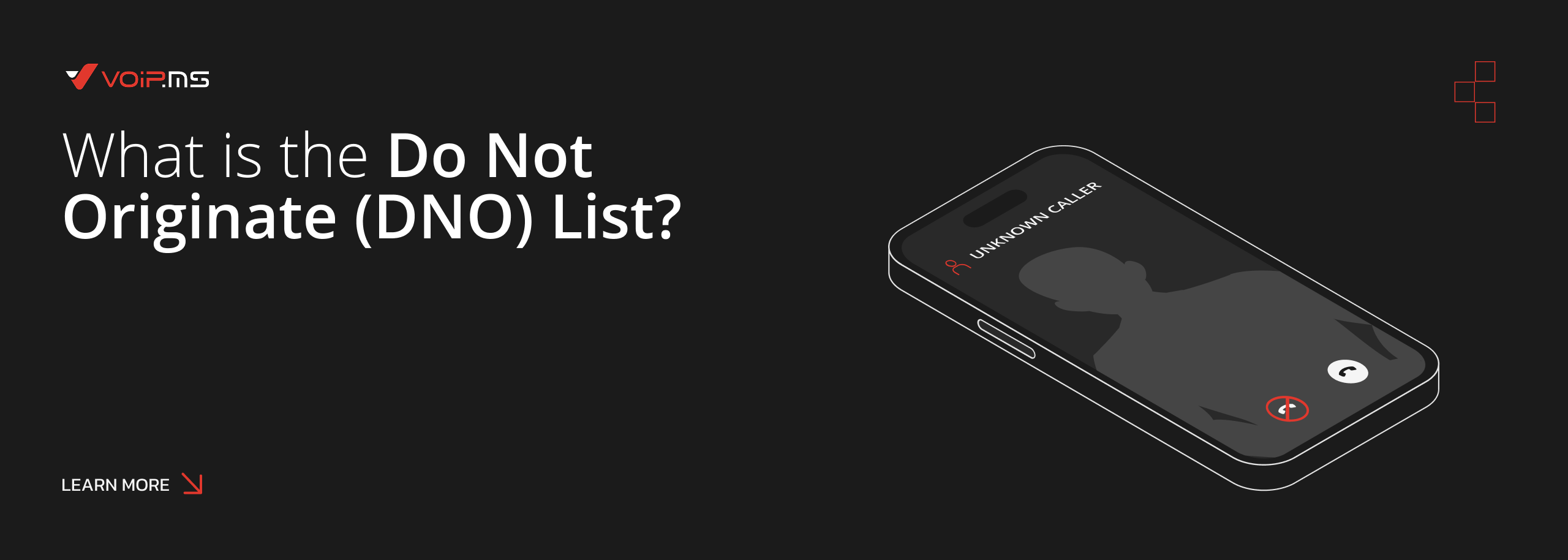What is ENUM?
17 May 2021Before the arrival of Voice over Internet Protocol (VoIP) technology, PSTN landlines reigned supreme. While PSTN might be on its way out from the global business world, it is not going to get completely eradicated anytime soon. As a result, both telephony systems must co-exist and interact with each other to offer seamless voice communication. This is where the ENUM protocol comes into the picture.
In this article, we will discuss what is ENUM, how does it work, what are the different types, and the various myths associated with it.
What Is ENUM?
ENUM is the protocol (E.164) developed by the IETF (Internet Engineering Task Forces) which translates the standard PSTN telephone numbers into IP addressing schemes maintained in the ENUM lookup table in a server with ENUM support. When someone using an IP PBX dials the landline telephone number then the ENUM looks up the DNS for setting up the call. Calls might go through directly to the PSTN number or might be referenced to SIP Uniform Resource Identifier (URI) to dial a number.
Here, the SIP Uniform Resource Identifier is responsible for identifying the communication resource. This might be a web page or email, after which it initiates the sequence of SIP request header, username, password, message, and other parameters. Before discussing the working of this protocol, let us briefly discuss SIP Uniform Resource Identifier.
SIP Uniform Resource Identifier (SIP-URI)
SIP Uniform Resource Identifier is the SIP addressing scheme that contains information for initiating and maintaining the communication session with all parties involved in the call. Think of it as the users’ SIP phone number. However, it represents more like an email address. For instance, sip:user@host. VoIP.ms provides you SIP Uniform Resource Identifier feature along with the other feature offerings. You can more about VoIP.ms SIP URI feature here.
How Does ENUM Work?
In simple words, ENUM ties together old communication technology with modern-day communication technology. It means that ties together PSTN and modern providers like VoIP.ms. For instance, servers that have support for this protocol search for the dialed number in the tree and will then set up the calls using one of the many types of ENUM.
Owners of every ENUM number have the freedom to set their own rules on how the calls should be routed. Moreover, owners of the numbers can have a different set of rules for fax numbers than that for voice calls from phones.
However, for this system to work, it is required that the number is registered. Usually, VoIP service providers take care of registering the ENUM number. However, one can also handle it through the registration service providers who later take it up with the ITU (International Telecommunication Union). Once the number is registered, it is available for global use.
What Are the Different Types of ENUM?
In this section, we will discuss the different types of ENUM: Public Infrastructure , Private Infrastructure, and Public User.

1. Public Infrastructure
The Public Infrastructure ENUM is managed by a National Number Administrator. The National Number Administrator assigns the phone number to a carrier who in return assigns the number to the end-user. Then, the number is mapped onto the internal network address for call routing purposes.
2. Private Infrastructure
Private Infrastructure ENUM is the second type. Usually, specific groups operate in a closed structure without involving the public domain. In such type, each phone number has a domain name which is then linked to the URI (Uniform Resource Locator).
3. Public User
In this category, end users can manage the accounts on their own and can directly enter their phone numbers in the ENUM category.
Myths about ENUM
In this section, we will debunk some of the most common myths floating around regarding ENUM.

1. Requires higher network bandwidth
ENUM plays a crucial role in the call connection process. Some people feel that is not an efficient call routing method as compared to SS7 and other different routing mechanisms. And thus thinking ENUM is required to look up over the network and thus consume more network bandwidth.
However, when talking about ENUM in the context of VoIP traffic, the bandwidth requirement is negligible. It is because network lookups for ENUM usually require a single network packet in each direction. If your network is capable of supporting VoIP traffic, it should easily support bandwidth requirements as well.
2. Cannot support fast updates
Data related to ENUM undergo consistent and frequent changes. It is because subscribers change providers, preferences, and service levels, for example, most of the DNS servers available today would not be able to support the large volume of updates seamlessly.
But this concern is related to the frequently installed DNS implementation. Not the protocol itself. There are servers that are quite capable of handling thousands of updates every second and that too while serving tens of thousands of queries each second.
3. Is not relevant until it rolls out in major countries
This is another one of the most common myths around the world. However, it is not true. Of course, most of the ENUM implementations currently fall under the carrier and private categories, which are used for interconnecting different services like VoIP and for reducing the cost of operation.
And it is also true that public ENUM implementation is hampered because of the regulatory differences between countries around the world. But regardless of the implementation around the world, both, carrier and private ENUM, have an important place and are relevant today and will stay relevant even in the future.
4. DNS cannot be scaled to support ENUM
This is another common myth that most people believe. Of course, the data volumes for ENUM are quite large because of the wide range of information that servers hold. Moreover, the information used by is much longer than the traditional DNS records.
And while it is also true that the widely deployed DNS servers today are not capable of handling a large volume of data that is required, it is more of an implementation issue than a design issue. Therefore, by using compression algorithms for ENUM data, servers will be able to handle hundreds of millions of records easily.
Final Thoughts
ENUM is a crucial component of VoIP technology, which is invisible but indispensable. It helps in connecting both VoIP and PSTN technology, without the users having to worry about the complex steps.
Want to know more about VoIP, read this. New to VoIP, here’s how it works!
Share:
Back to Blog





